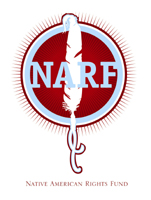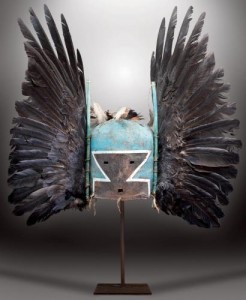By Jerry Cornfield, The Herald
We’re getting a clearer idea this week of where Washington’s first charter schools may open, and it’s not likely to be Snohomish County.
A dozen school districts from Sequim to Spokane and Tacoma to Port Townsend told the state Board of Education they’re want to be able to authorize and oversee these publicly funded, privately managed schools.
Though each must still turn in applications, these 12 districts are signaling a desire to get in on the ground floor of this newest venture in education.
None of them is in Snohomish County where 53 percent of the voters backed Initiative 1240 last November even as it seemed like 100 percent of teachers and school board directors did not.
In the county’s larger districts, school leaders are taking a wait-and-see attitude knowing full well they can apply later to become an authorizer. There is concern about time and energy required for overseeing a charter school and the possibility a legal challenge will be filed to delay or derail the law.
“As a board, we discussed charter schools during the election season, and post election, and decided to hold off putting in an application to become an authorizer this year,” said Ann McMurray, president of the Edmonds school board. “We’ll watch to see the experience of other districts in the state.”
Marysville School Board publicly opposed the initiative, and its directors haven’t softened their stand in the five months since the election.
Board president Chris Nation said there are innovative schools in the district, such as the Tenth Street Middle School, which offers a music-based curriculum to 180 students in the sixth, seventh and eighth grades.
“It is not something we pursued or are interested in at this particular time,” he said.
Directors of the Everett Public Schools had not discussed the matter before Monday’s deadline for getting into the initial round.
“We have not had that conversation. We don’t intend to have that conversation in the near future,” said board president Jeff Russell, adding it could come up during planning sessions in August.
All three presidents said administrators and teachers are consumed with mandates to deploy evaluation processes for teachers and principals and implementing new standards in English and math known as Common Core.
“These have a huge and immediate impact on our school community,” McMurray said.
But, Nation said, if somebody did launch a charter school in the district “we would wholeheartedly support them.”
The nine people who could make that happen are on the state Charter School Commission, which meets for the first time today in Olympia.
These are political appointees — three each from the governor, speaker of the House and Senate president — who embrace charter schools and are empowered to authorize them anywhere in the state.
The commission will be competing for business with the school districts as the law only allows up to eight schools a year and a maximum of 40 over five years.
Even if school districts in Snohomish County aren’t rushing to ride the first wave, commissioners might be so inclined if the right charter comes its way.













